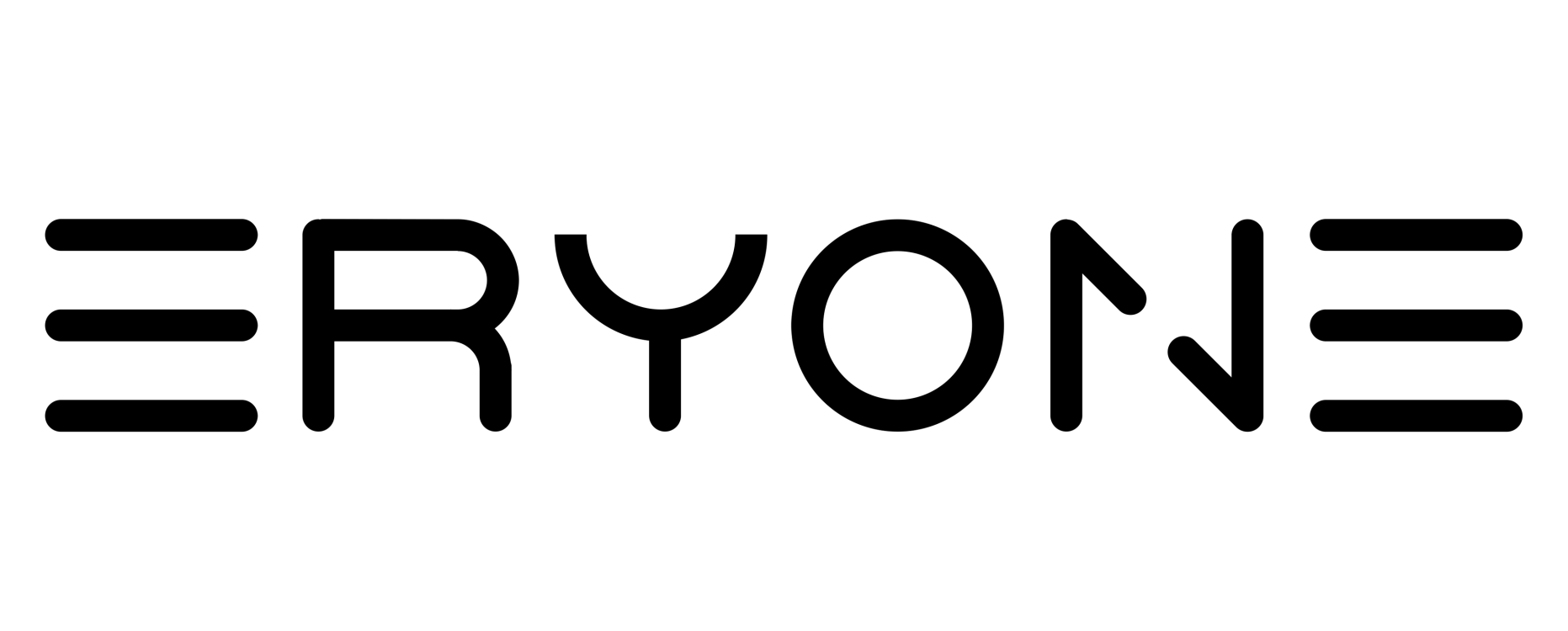PLA + (PLA plus résistant, facile à utiliser)
PLA PLUS, TOUGHNESS PLUS
Par rapport au PLA standard, le PLA + a amélioré l'inconvénient de la ténacité du PLA pas bonne. La qualité des pièces imprimées est toujours très bonne avec le PLA standard.
Pourquoi est-ce spécial
Bonne adaptabilité à la température, peut obtenir un bon résultat d'impression dans la plage de 200 ~ 230 ℃
Plus adapté aux novices
Bonne fluidité, compatible avec la plupart des imprimantes 3D FDM du marché
La surface d'impression est lisse et l'effet est bon
Plus résistant que le PLA, meilleure résistance à la traction
spécification
|
Spec. |
Valeur |
|
Diamètre du filament (mm) |
1.75±0.03 |
|
N.W (kg) |
1 |
|
Poids spécifique (g / cm3) |
1.24 |
|
Recommander la température d'impression (℃) |
200~230 |
|
Recommander la vitesse d'impression (mm / s) |
30~70 |
|
Recommander un lit chauffant (℃) |
60~70 |
|
Température de déviation thermique (0,45 MPa) (℃) |
60 |
|
Absorption d'humidité |
Mal |
|
Recommander la température de stockage (℃) |
0~32 |
FAQ
Si le filament n'est pas utilisé pendant une longue période, veuillez les conserver dans un environnement frais (température inférieure à 32 ℃) et sec (humidité inférieure à 40%) à temps.
Veuillez utiliser un chiffon doux pour nettoyer les buses avant et après l'impression afin d'éviter que le filament résiduel n'affecte l'imprimante
S'il y a un problème d'obstruction, veuillez vérifier si le ressort du chargeur est trop lâche et fait glisser le consommable / trop serré, ce qui endommage le filament par l'engrenage;

PLA+ Filament
Compared with general PLA, the toughness and impact strength of ERYONE PLA Plus is significantly enhanced.have stronger adhesion and lower shrinkage.

High Quality PLA+ Filament
Tight tolerances (+/-0.03mm) and dimensional accuracy (1.75mm) ensure smooth feeding of ERYONE PLA+ during the printing process.ERYONE insists on completely drying the filaments before vacuum sealing them to protect the filaments from moisture and dust.

High-Speed PLA+ 1.75mm
Eryone premium High-Speed filament PLA+ easy to use, which can better meet the high performance requirements of high-speed 3D printers.Compatible with most FDM 3D printers, easy to use.

High-Speed PLA+ Print Faster
Printing speed 30-500mm/s, a huge speed improvement, saving your time.Print temperature range: 190°C-230°C; Bed: 60-70°C.
FAQs
Can PLA be used to print tableware?
Not recommended. Although PLA is degradable, food-grade raw material, the PLA with toner is non-food grade. If you really want to print a set of tableware, transparent PLA is suggested.
The nozzle is clogged by PLA, and how can I solve it?
Inconstant filament diameter, the lower nozzle temperature and frequent replacement with different kinds of filaments will lead to this problem. So, before you get started, clean the nozzle and turn up the temperature to a proper value.
My prints have web-like strings (stringing) issues. How can I troubleshoot it?
Too high temperature makes the PLA filament melt and flow so fast. Please turn the temperature down to a proper value.
The retracting parameters are improper, so adjust the retracting length and speed.
There are too much melted filament around the nozzle. What should I do?
This problem can be attributed to over-high temperature, low printing speed, and in the slice software, the nozzle diameter doesn’t match with the extrusion output.
The PLA filament was perfect when I opened the package. After several times of intermittent printing, my PLA filament snaps by accident during printing. Why?
Normally, the PLA filament in the printing process will not snap by themselves. However, after being affected by moisture, the degradable material PLA will be more brittle and easier to break, so you should pay attention to dampproof.
The surface of my print isn’t very smooth, and the extruded filament has inconstant diameters. Why?
The printing temperature is too high or too low. The temperature doesn’t match well with the printing speed. You need to adjust the printing speed or temperature.
Why my PLA-printed objects don't stick to the heated bed? How do I solve?
The distance between the nozzle and the bed is too far. Make sure your heated bed is leveled and it’s clean. Then judge if the printing temperature and heated bed temperature are too low, and our customers should.

































































































